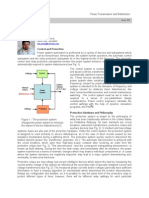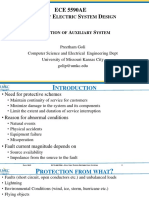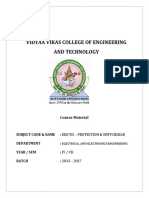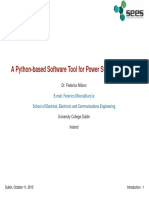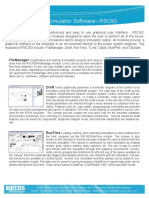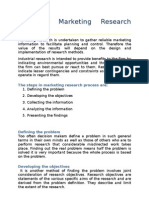0% found this document useful (0 votes)
65 views5 pagesDistance Protection Simulation
zxxz
Uploaded by
kra_amCopyright
© © All Rights Reserved
We take content rights seriously. If you suspect this is your content, claim it here.
Available Formats
Download as DOCX, PDF, TXT or read online on Scribd
0% found this document useful (0 votes)
65 views5 pagesDistance Protection Simulation
zxxz
Uploaded by
kra_amCopyright
© © All Rights Reserved
We take content rights seriously. If you suspect this is your content, claim it here.
Available Formats
Download as DOCX, PDF, TXT or read online on Scribd
/ 5













